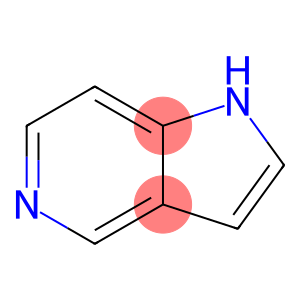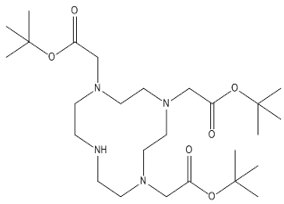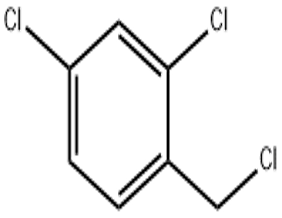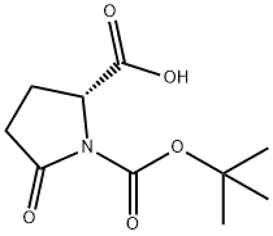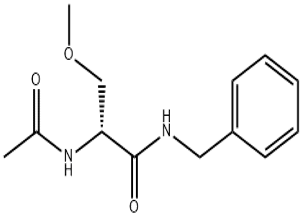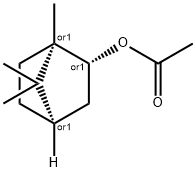5-Azaindole(CAS#271-34-1)
| Risk Codes | R36/37/38 – Irritating to eyes, respiratory system and skin. R41 – Risk of serious damage to eyes R37/38 – Irritating to respiratory system and skin. R22 – Harmful if swallowed |
| Safety Description | S26 – In case of contact with eyes, rinse immediately with plenty of water and seek medical advice. S36/37/39 – Wear suitable protective clothing, gloves and eye/face protection. S39 – Wear eye / face protection. |
| RTECS | UY8725000 |
| HS Code | 29339980 |
| Hazard Note | Irritant |
Introduction
5-Nitroindazole is an organic compound containing nitrogen and oxygen atoms. The following is an introduction to its properties, uses, manufacturing methods and safety information:Quality:- 5-Azaindole is a yellow solid with low solubility.- It is stable in solvents but sensitive to oxygen and light.- It has strong oxidation and toxicity.Use:- It can also be used as a chemical reagent in the laboratory for the synthesis of other compounds.Method:- 5-Azaindole can be obtained by reacting 5-nitroindole with nucleophiles such as amine compounds.- The specific preparation method can be adjusted according to different literature and needs.Safety Information:- 5-Azaindole is a potentially harmful substance and should be disposed of properly.- Appropriate precautions such as safety glasses, gloves and protective clothing are required during operation.- It should be forbidden to come into contact with substances such as strong oxidants, flammable substances, etc., to avoid dangerous accidents.- When using or disposing of, the relevant regulations and guidelines regarding chemical safety and waste disposal need to be followed.


